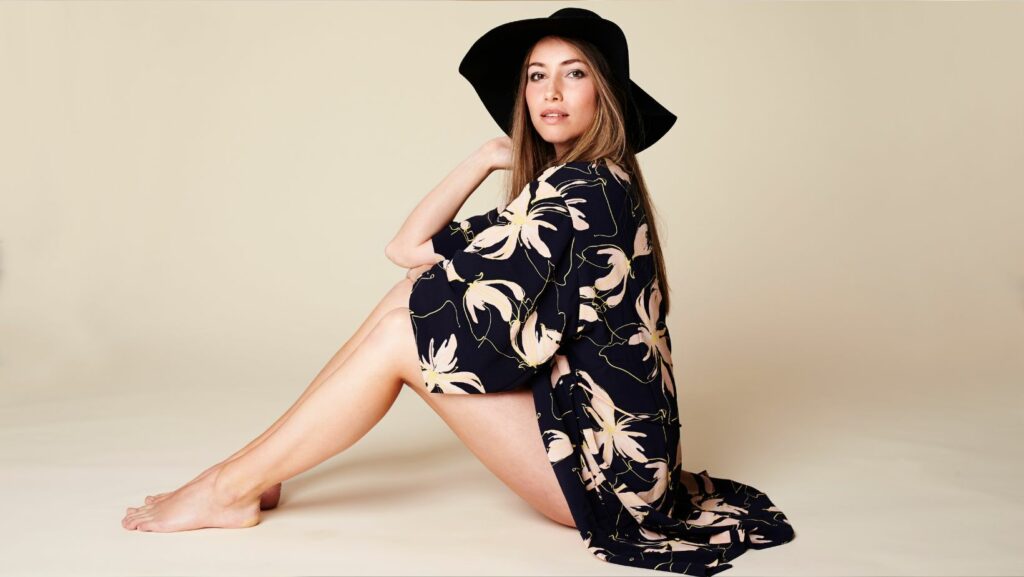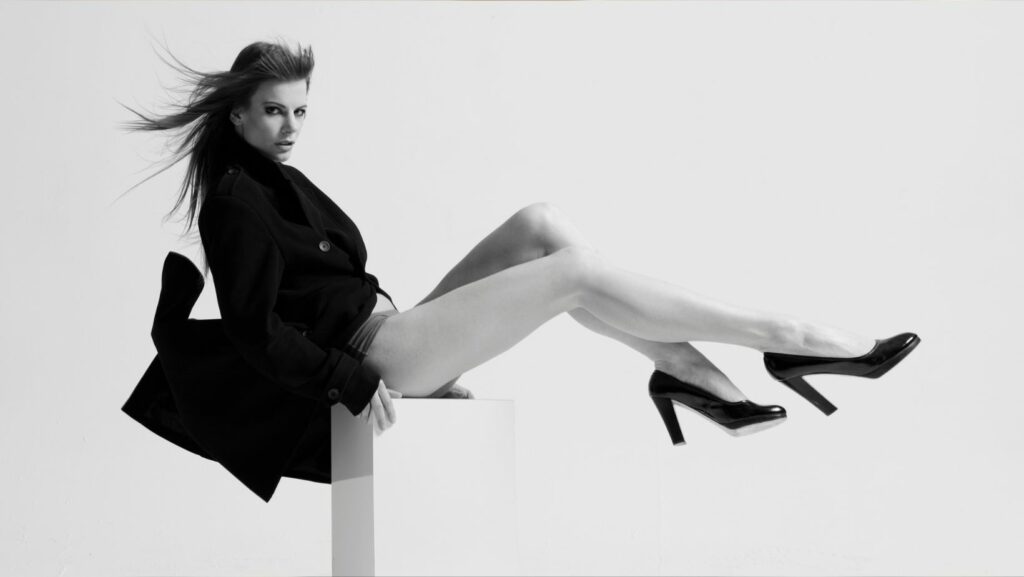Fashion design and textiles play a pivotal role in shaping the trends and styles that define our everyday lives. From the runway to the streets, the fusion of creativity and craftsmanship in fashion design captivates audiences worldwide. The intricate interplay between fabrics, colors, and patterns showcases the artistry and innovation within the realm of textiles.
Exploring the dynamic relationship between form and function, fashion design and textiles offer a glimpse into the ever-evolving landscape of the industry. Designers weave narratives through their creations, blending tradition with modernity to redefine sartorial expressions. Whether it’s the luxurious feel of silk or the rugged texture of denim, each fabric tells a unique story that resonates with fashion enthusiasts globally.
In this article, we delve into the enchanting world of fashion design and textiles, unraveling the threads that bind creativity, culture, and craftsmanship. Join us on a journey through the intricate tapestry of the fashion industry, where every stitch holds a story waiting to be told.
Fashion Design and Textiles
The Evolution of Textile Use in Fashion
 Textiles have undergone a remarkable evolution in the realm of fashion design, transforming from basic fabrics to sophisticated materials that define contemporary clothing styles. Traditional textiles like cotton, wool, and silk have been augmented with innovative blends and sustainable alternatives, reflecting a shift towards eco-conscious fashion practices.
Textiles have undergone a remarkable evolution in the realm of fashion design, transforming from basic fabrics to sophisticated materials that define contemporary clothing styles. Traditional textiles like cotton, wool, and silk have been augmented with innovative blends and sustainable alternatives, reflecting a shift towards eco-conscious fashion practices.
Designers today experiment with intricate weaves, digital prints, and 3D textures, pushing the boundaries of textile applications in the fashion industry.
Impact of Technological Advancements on Textiles
Technological advancements have revolutionized the way textiles are produced, opening up new avenues for creativity and sustainability in fashion design. From advanced weaving techniques to digital fabric printing and smart textiles, technology has enabled designers to craft garments that are not only visually stunning but also functional and environmentally friendly. The integration of wearable technology in textiles has redefined the concept of interactive clothing, merging style with practicality to meet the needs of the modern consumer.
Key Materials and Techniques in Modern Fashion Design
Innovative Textiles Shaping Today’s Fashion
 Cutting-edge fabrics like graphene-infused textiles and 3D-printed materials are revolutionizing the fashion industry. Designers are incorporating these innovative textiles to create avant-garde garments that merge technology with fashion.
Cutting-edge fabrics like graphene-infused textiles and 3D-printed materials are revolutionizing the fashion industry. Designers are incorporating these innovative textiles to create avant-garde garments that merge technology with fashion.
For instance, brands are using conductive fabrics to develop interactive clothing that responds to touch or changes color based on environmental stimuli. These advancements showcase the seamless integration of science and style in modern fashion design.
Sustainable Practices in Textile Production
Embracing sustainability, fashion designers are turning to eco-friendly materials like organic cotton, bamboo fabric, or recycled polyester to minimize environmental impact. By adopting methods such as zero-waste pattern cutting and upcycling, designers are reducing textile waste and promoting circular fashion. Moreover, advancements in dyeing techniques using natural dyes or water-saving processes contribute to environmentally conscious textile production. Sustainable practices have become integral to modern fashion design, aligning it with eco-friendly principles.
Influential Fashion Designers and Their Textile Choices
Designers Who Revolutionized Textile Use
 Coco Chanel combined comfort with elegance, often using jersey fabric in her designs.
Coco Chanel combined comfort with elegance, often using jersey fabric in her designs.- Gianni Versace incorporated bold prints and luxurious silk in his iconic creations.
- Alexander McQueen pushed boundaries with unconventional materials like feathers and leather.
- Textiles impact the look and feel of garments; silk exudes luxury, while denim suggests a casual vibe.
- Breathable fabrics like cotton enhance comfort, while stretch materials improve flexibility.
- Choosing the right textile is crucial for achieving the desired aesthetic and functionality in fashion design.
Fashion design and textiles are intricately intertwined, with a rich history of creativity and innovation shaping the industry. From the evolution of traditional materials to the rise of sustainable alternatives, the fusion of artistry and technology continues to drive forward the world of fashion. Influential designers like Coco Chanel and Alexander McQueen have left a lasting legacy through their bold textile choices, showcasing the transformative power of fabrics in creating iconic pieces. Whether it’s the luxurious feel of silk or the casual chic of denim, textiles play a crucial role in defining the aesthetic and functionality of garments.



